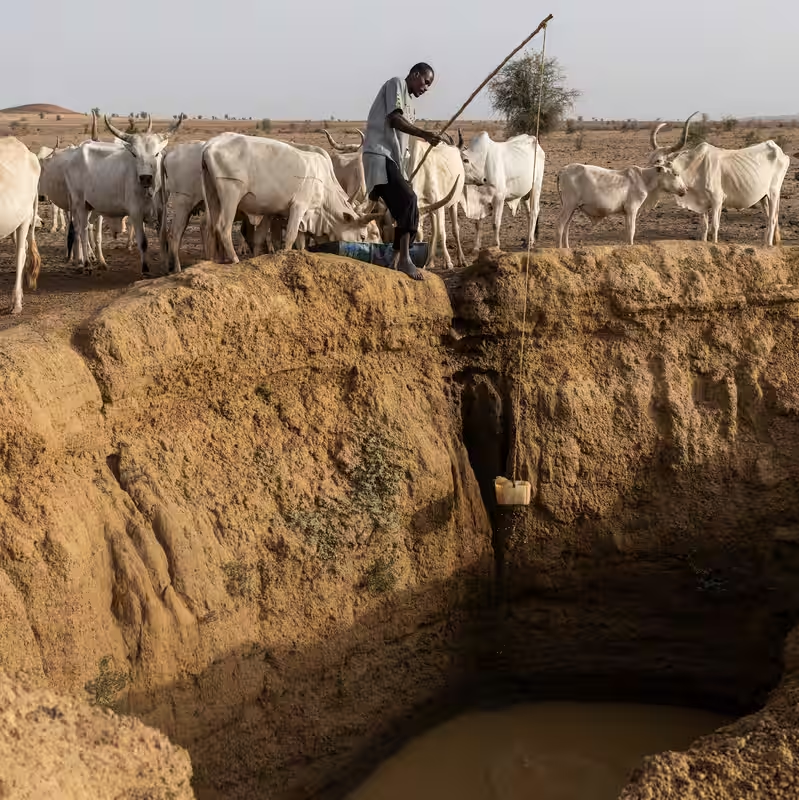Climate Aid to Poor Nations Is Plummeting, U.N. Warns
Despite promises made just a few years ago, financial support from wealthy nations to help vulnerable countries adapt to climate disasters is not only falling short—it’s actively declining, according to a new United Nations report released Wednesday.
Broken Promises on Climate Adaptation
In 2021, high-income countries pledged to significantly increase funding for climate adaptation—the measures that help communities prepare for and survive extreme weather, sea-level rise, droughts, and other climate-driven threats. The goal was to double adaptation finance by 2025 compared to 2019 levels.
But the latest U.N. Environment Programme (UNEP) Adaptation Gap Report paints a starkly different picture: instead of doubling, adaptation finance has stagnated—and in real terms, is now decreasing. In 2023, only $21 billion reached developing nations, far below the estimated $215–387 billion needed annually.
Why Climate Adaptation Matters
While climate mitigation (like cutting emissions) grabs headlines, climate adaptation is the lifeline for countries already on the front lines of the crisis. From flood barriers in Bangladesh to drought-resistant crops in Kenya, adaptation projects save lives and livelihoods.
“Without adequate adaptation funding, every dollar spent on development could be wiped out by the next storm or heatwave,” said Inger Andersen, UNEP Executive Director.
The Growing Adaptation Gap
The report reveals a widening chasm between what’s needed and what’s delivered:
| Year | Adaptation Finance Delivered | Estimated Annual Need |
|---|---|---|
| 2019 | $15 billion | $70–300 billion |
| 2023 | $21 billion | $215–387 billion |
| 2030 (Projected) | — | $387–565 billion |
Even more troubling: much of the reported finance includes loans, not grants—adding debt burdens to nations already reeling from climate impacts.
Who’s Being Left Behind?
Small island states, sub-Saharan Africa, and parts of South Asia are among the hardest hit by climate change yet receive the least support. For example, Pacific Island nations facing existential sea-level threats received less than 2% of global adaptation funding in 2023.
“We’re not asking for charity,” said Mia Mottley, Prime Minister of Barbados. “We’re asking for justice. The countries that polluted the least are paying the highest price.”
What Needs to Change?
The U.N. report urges immediate action:
- Scale up grant-based finance—not loans—to avoid deepening debt crises.
- Streamline access to climate funds, which are often mired in bureaucracy.
- Honor the $100 billion/year climate finance pledge made in 2009—still unmet as of 2023.
- Launch a new collective quantified goal at COP30 in 2025 that reflects real-world needs.
As climate disasters intensify—from Pakistan’s floods to Kenya’s droughts—the cost of inaction grows. The U.N. warns that without urgent investment in adaptation, millions more will be pushed into poverty, displacement, and hunger.
Sources
The New York Times: Money to Help Nations Cope With Climate Disasters Is Declining, U.N. Says
UNEP: Adaptation Gap Report 2025
UNFCCC: Climate Finance Overview




